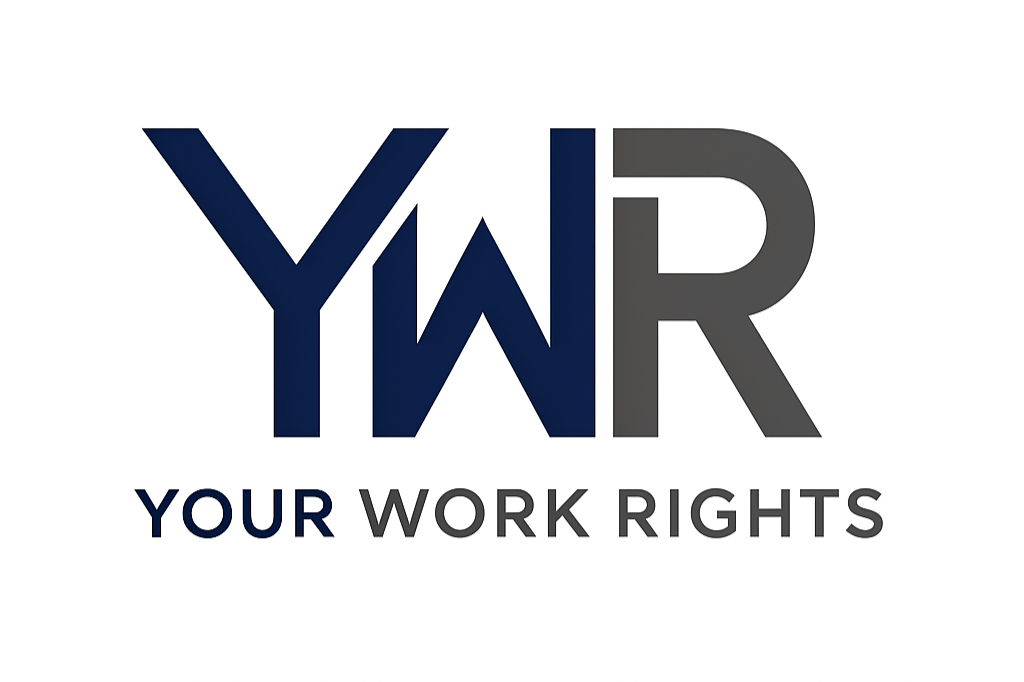Unfair & Constructive Dismissal: A Guide to Your Rights
Losing your job is a deeply unsettling experience. If you feel you have been dismissed unfairly, or even forced to resign, it is important to know that UK law provides strong protections. The Employment Rights Act 1996 is the primary legislation that protects you from an unjust termination of your employment.
This guide explains the difference between an ordinary unfair dismissal and a constructive dismissal, the legal tests that apply, and what you can do to challenge an unfair decision.
1. What is Unfair Dismissal?
Unfair dismissal is when your employer terminates your contract of employment without a fair reason or without following a fair procedure. To be protected from unfair dismissal, you usually need to have been continuously employed for at least two years.
The Two-Year Rule and Its Exceptions
While the two-year service requirement applies to most claims, there are important exceptions where a dismissal is "automatically unfair," regardless of how long you have been employed. These include being dismissed for:
Asserting a statutory right (e.g., asking to be paid the National Minimum Wage).
Making a whistleblowing disclosure.
Reasons relating to pregnancy, maternity leave, or other family-friendly rights.
Taking part in trade union activities.
The Legal Test for Unfair Dismissal
For a dismissal to be fair, an employer must satisfy two key tests:
1. They must have a fair reason. There are only five potentially fair reasons for an employer to dismiss an employee:
Conduct: Your behaviour (e.g., serious misconduct).
Capability: Your ability to do the job (e.g., poor performance or ill health).
Redundancy: Your job no longer exists.
Statutory Restriction: You can no longer legally do your job (e.g., a driver who loses their licence).
Some Other Substantial Reason (SOSR): A broad category for other legitimate business reasons.
2. They must have followed a fair process. Even with a fair reason, an employer must follow a fair and reasonable procedure. This usually involves:
Properly investigating the issue.
Informing you of the allegations and providing evidence.
Holding a formal meeting or hearing where you can state your case.
Giving you the right to be accompanied by a colleague or union representative.
Providing you with a written outcome and the right to appeal.
If your employer fails on either of these tests, your dismissal is likely to be unfair.
2. What is Constructive Dismissal?
Constructive dismissal is a specific type of unfair dismissal where you are forced to resign in response to a serious breach of your employment contract by your employer. Even though you resigned, the law treats it as a dismissal.
The Legal Test for Constructive Dismissal
To claim constructive dismissal, you must prove four things:
A Fundamental Breach: Your employer must have committed a very serious breach of your contract. This is often a breach of the "implied term of trust and confidence."
You Resigned Because of the Breach: The breach must be the reason, or at least one of the main reasons, for your resignation.
You Did Not "Affirm" the Breach: You must not have waited too long to resign after the breach occurred. If you stay in your role for weeks or months without formally objecting, you may be seen as having accepted the new situation.
Common Examples of a Fundamental Breach:
Unilaterally cutting your pay or changing your role without your agreement.
Subjecting you to bullying and harassment and failing to take action when you report it.
Making unreasonable demands or creating an intolerable work environment.
Strategic Tip: Before you resign to claim constructive dismissal, it is almost always necessary to have first raised a formal grievance. This proves that you gave your employer an opportunity to fix the breach, and their failure to do so is part of the evidence for your claim.
What to Do Next
If you believe you have been unfairly or constructively dismissed, it is essential to act quickly due to the strict three-month time limit.
Understand the process: [The Grievance Survival Toolkit]
Negotiate your exit: [Our Guide on Negotiating Settlement Agreements]
Prepare your case: [The Employment Tribunal Preparation Toolkit]
